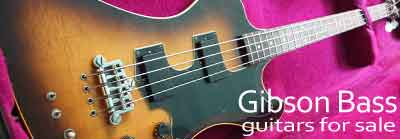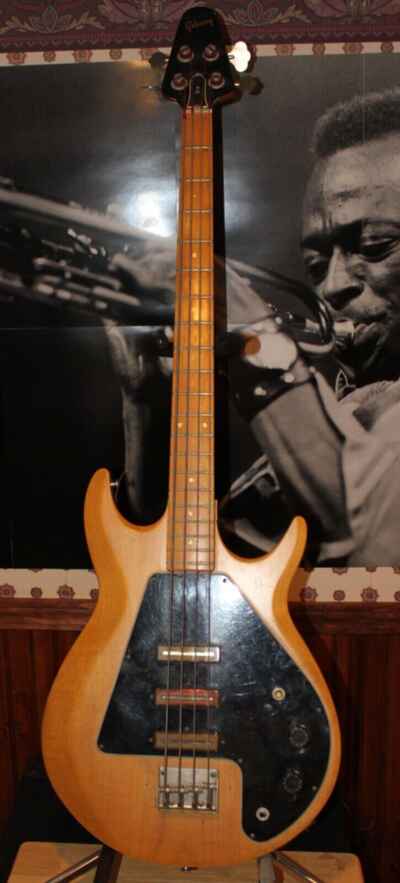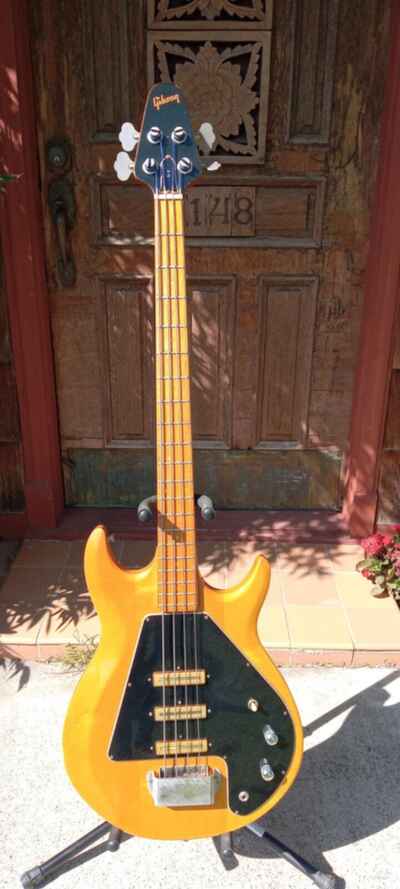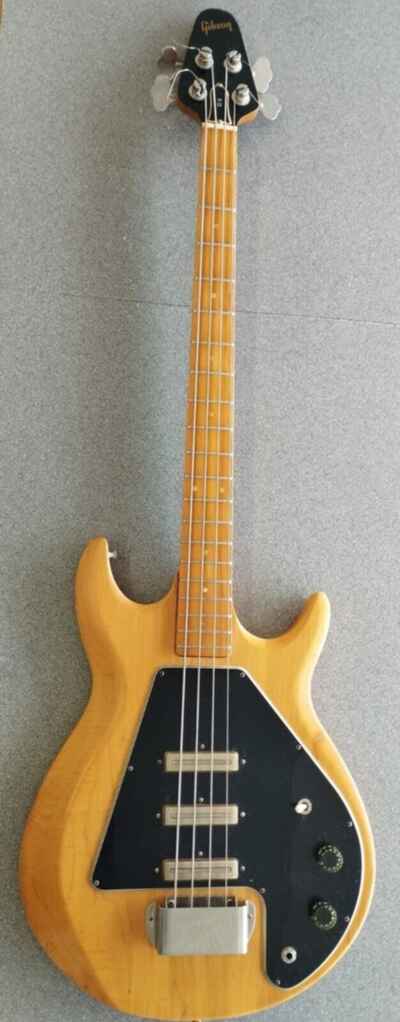| Switch position | Electronic description | Tonal description |
| Up | Forward position activates the front and middle pickups in humbucking configuration | The maximum in fundamental response while providing the electronics for a harmonically bright tone |
| Middle | The middle position activates all three pickups for what we have coined a "buck-and-a-half" | ...a unique combination of bass, midrange and treble response. Using the Tone and Volume controls your bass can do everything from simmer to burn |
| Down | The back position activates the middle and back pickup in humbucking configuration | ...provide the ultimate in treble response |
The majority of Gibson basses available in the mid-late 70s had some form of unique tonal circuitry, typically with extra controls, beyond volume and tone.
For the G-3, Bill Lawrence had devised the unique system of individual single coil pickups, wired together in three distinct humbucking modes. Individual pickups were not selectable, only neck + middle, bridge + middle or all three. This was completely novel for Gibson basses, though something being used in the Gibson S-1 guitar, designed around the same. Actually, for this bass, the controls were not complicated in themselves: just a Volume and Tone control - however the relationship between switch position and pickups was important, especially if any pickup height adjustment was to be made.
Because the pickups work in pairs, there is an assumed balanced in output between the two. Without this knowledge someone picking up the guitar for the first time might logically conclude that each switch position selected a different pickup - any adjustment would have an impact beyond that expected from a guitar with more traditional circuitry. As the 1976 catalogue states "each pickup is adjustable for height to create additional tone effects".
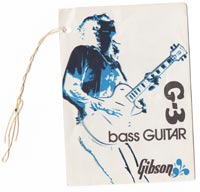
The controls were described briefly in the 1976 Gibson catalogue, and the G3 owners guide / hang tag, and are summarised here.
In 1978 Gibson published a series of single-sided flyers for numerous electric instruments in the line; partially to advertise the companies innovative prowess, but more usefully to detail the operation of the often unintuitive controls. Naturally the G3 was included, and is reproduced below.
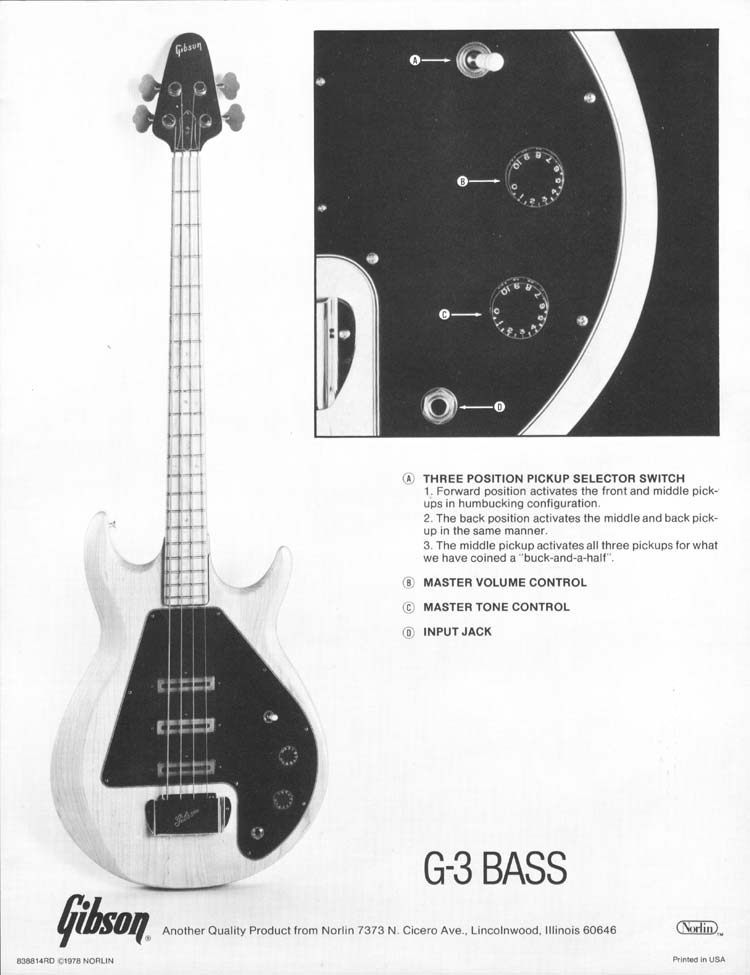
Gibson G-3 bass for sale
Vintage 1976 Gibson G3 Grabber Electric Bass with original hard Gibson Case
East Amherst, New York, 140**, UNITED STATES OF AMERICA
$3200
All Original Vintage 1977 Gibson Grabber G-3 Bass Guitar
Fort Worth, Texas, 761**, UNITED STATES OF AMERICA
$2995
Gibson G-3 Used Electric Bass Guitar
Porth, CF39***, UNITED KINGDOM
£2557
Serial numbner: 06167800
3 position switch controlling the 3 pick-ups with volume and tone controls
This instrument was purchased by me in Cardiff south Wales in early 1982.... more

